Hotel design is crucial to the success of a hotel business. It can be difficult to know where to start, especially if you’re trying to re-imagine an existing hotel. In this article, you’ll discover the importance of good hotel design and how it can help your business. You’ll also read about some of today’s best-designed hotels for inspiration and ideas.
Table of Contents:
- What Is the Hotel Industry?
- What Is Hotel Design?
- How Can a New Hotel Design Impact Your Revenue?
- 4 Design Hotel Ideas & Ways to Be Unique
- 11 New Design Hotels for Inspiration
- The New Monte Rosa Hut, Switzerland
- Inntel Amsterdam Zaandam, The Netherlands
- KOKONO Andorra Vacation Rentals & Holiday Homes, Andorra
- Anantara Tozeur, Tunisia
- Belmond Cap Juluca, Anguilla
- Hôtel de Paris, Monaco
- The 12 Decades Hotel, South Africa
- Anantara Al Jabal Al Akhdar Resort, Oman
- Ett Hem Stockholm, Sweden
- Rosewood São Paulo, Brasil
- Nobu Hotel Toronto, Canada
- Hotel Technology: Trends and Innovations
- What is a 7-Star Hotel?
What Is the Hotel Industry?
Forming a large part of the broader hospitality industry, the hotel industry is an important global economic driver. While other types of establishments focus on leisure activities, relaxation, travel, or serving food and beverages, the hotel industry is primarily concerned with accommodation. A hotel meaning can be defined as an establishment that provides overnight accommodation to guests and performs several important roles. It provides travelers with a place to sleep and relax while they’re on the road, but it also provides employment and economic benefits. Whether a hotel is a small B&B run by a handful of people or a luxury resort showcasing the latest hotel designs, it creates jobs and generates economic activity both in the local area and further afield.
Hotels may also provide facilities that the general public can use, such as gyms, restaurants, and swimming pools. To learn more about the hotel industry, read “Hotel Industry: Everything You Need to Know About Hotels!”
What Is Hotel Design?
Hotel design refers to the planning, drafting, and development of hotels. It’s a rich and multidisciplinary field, covering everything from engineering and architecture to landscaping and interior design. A hotel designer’s goal is to create a space that’s both functional and enticing for the hotel’s guests. Hotel designs need to reflect the hotel’s brand and identity, as well as appeal to the target demographics of the hotel business.
Hotel design encompasses numerous elements. These include the overall layout of the hotel and its grounds and the exterior design. Interior hotel design includes the choice of fixtures and fittings, the furnishings that will be selected for guest rooms and common areas, the lighting, and the acoustics. Hotel technology may also be a part of hotel design.
A hotel designer must ensure that their design serves the hotel’s operational needs and complies with relevant codes and regulations.
Video: Contemporary hotel design “is about authenticity” | Interiors | Dezeen
How Can a New Hotel Design Impact Your Revenue?
Good hotel design can boost revenue in several ways. Unique, visually appealing hotel designs stand out from the competition and catch the eye of potential guests. Designs that are social media-friendly, such as rooftop gardens, underwater rooms, or themed suites, can generate buzz and free promotion as guests share their experiences online. Many guests will pay premium rates for a memorable and special experience. Hotels with special designs can increase their average daily rates (ADR).
Guests who have enjoyed a special and memorable stay are more likely to come back again. In this way, great hotel design builds loyalty. This leads to more consistent revenue, something that’s crucial to hotel financing.
Hotels with unusual or distinctive event spaces can benefit from the interest they generate. A unique event space can attract large group bookings, such as weddings, conventions, and conferences. This also generates additional revenue for other services, such as food and beverages.
4 Design Hotel Ideas & Ways to Be Unique
Here are four design ideas that can help your hotel stand out and get noticed by potential guests, without breaking your hotel budget.
Create Instagrammable Spaces
You probably know how effective Instagram and similar image-sharing sites can be in hotel marketing. The visual aspect of Instagram lends itself to promoting hotels, letting you show off your establishment’s best features to an eager audience. Instagram accounts allow interaction in a way that hotel websites don’t. Hotel design creates the perfect opportunity for your hotel to generate free publicity by giving your guests a unique space that they’ll want to share with their followers. As well as investing in distinctive decor for your guest rooms, consider art installations, beautiful gardens, and eye-catching dishes for your restaurant.
Wellness & Luxury
Luxury travelers today are looking for hotel experiences that will allow them to look and feel their best: healthy, rejuvenated, and pampered. As well as beautifully designed spa and wellness facilities, you can extend the feeling of luxury and pampering to your guest rooms through your hotel design. En-suite bathrooms with spa-like amenities such as waterfall showers, whirlpool tubs, and smart bathroom technology help your guests feel special, particularly if they’re well-stocked with top-quality towels and premium toiletries. Guest rooms can be designed to accommodate in-room wellness services, such as massages or private yoga lessons.
Hotel Design and Technology
Hotels today exploit the advantages of technology for operational integration. Hotel technology can make a guest’s stay more seamless while streamlining hotel operations across different hotel departments. Guests can check in or out using a hotel app, make bookings for restaurants and services, and chat with staff or AI assistants. By integrating hotel technology into your hotel design, you can make a guest’s stay more enjoyable. Smart systems keep the temperature at a guest’s preferred level, allowing guests to change the lighting or interact with entertainment systems, and more. Technology can also play a major role in supporting hotel maintenance.
Biophilic Design
“Biophilic” literally translates to “life-loving“. It signifies a holistic approach to architecture and interior design, seeking to create spaces that connect your guests with nature. The principle behind biophilic design is that humans have an innate need to be part of the natural world. By providing this kind of connection, biophilic design can enhance the emotional, mental, and physical well-being of your guests. In practice, biophilic design emphasizes natural lighting and ventilation, natural materials, and rooms that look out or open into beautiful outdoor spaces. It also emphasizes the use of natural forms and colors in hotel design.
Video: Biophilic Hotel with Vertical Greening and Tropical Foliage on a Rainy Day | Oasia Downtown
11 New Design Hotels for Inspiration
If you’re looking for ideas and inspiration, here’s a collection of some of the most outstanding examples of modern hotel design.
The New Monte Rosa Hut, Switzerland
The New Monte Rosa Hut is an amazing instance of biophilic hotel design. The exterior is constructed from reflective aluminum sheeting, which mirrors the light and scenery of its breathtaking mountain location. The interior is lined with wood, using a mix of spruce and fir to create a cozy and inviting ambiance. The New Monte Rosa Hut is in a beautiful spot, perched high in the Alps. This location is exploited with large windows that look out on the dizzying landscape below. The hut is designed with sustainability in mind, generating 90 percent of its own electricity from solar, wind, and water.
Click here to learn more.
Inntel Amsterdam Zaandam, The Netherlands
The Inntel Amsterdam Zaandam takes its design inspiration from the wooden houses that are a tradition of the Zaan region. The exterior of the 11-story hotel is designed to look like a stack of Zaam-style huts, giving it a whimsical and modern appearance while still keeping with traditional styles and colors. The result is dynamic and fun. Guest rooms are spacious and inviting, with many offering views of the Zaam River. The hotel’s lobby is decorated with large photos showing typical Zaan scenes and reproductions of vintage advertisements. It’s the perfect design for a hotel in this location, which is noted for attractions like a reconstructed Zaan village.
Click here to learn more.
KOKONO Andorra Vacation Rentals & Holiday Homes, Andorra
Situated in Andorra, this resort is a collection of holiday rental apartments and boutique holiday homes. These are designed to combine traditional elements with modern style. Natural materials feature prominently, with wood and stone deployed to stunning effect. The site offers spectacular views of the mountains, and the dwellings take full advantage of this with large, well-positioned windows. This also allows for plenty of natural light. The rooms are decorated with great care and attention to detail, offering fully equipped kitchens and other luxurious amenities. Rather than standard furniture, KOKONO Rentals uses signature pieces that are sure to impress guests.
Click here to learn more.
Anantara Tozeur, Tunisia
The Antara Tozeur Resort and Villas is a luxury resort in Tunisia. It was built around a palm tree grove in the Sahara and takes full advantage of its unique location to create a memorable space. The walkways are adorned with carvings and hung with colorful rugs, creating a magical atmosphere. The resort boasts a range of amenities and even boasts its own souk. The rooms and common areas are spacious and breezy, combining modern styles with natural colors and traditional forms. Floor-to-ceiling windows offer natural light and incredible views of the palm tree grove.
Click here to learn more.
Belmond Cap Juluca, Anguilla
Belmond Cap Juluca is a luxury beach resort in Anguilla, one of the Leeward Islands in the Caribbean. After a $121 million investment, Belmond has transformed the resort into a luxurious oasis that reflects both the natural beauty of the islands and Anguillan traditions and heritage. Designed by Rottet Studio in a Gaeco-Moorish style, the domed white villas offer inviting interiors and views of the white sandy beaches. The result is a space that is both elegant and welcoming, combining nostalgic charm with the comforts and conveniences of the modern world.
Click here to learn more.
Hôtel de Paris, Monaco
Monaco’s Hotel de Paris is a splendid and palatial hotel that has been operating since 1864. It was extensively renovated in the late 2010s, reopening in 2018. The beautiful Belle Epoque façade has been restored to its past grandeur, while the guest rooms have been updated and a new guest wing built. Many of the suites in the hotel were designed by Callender Howorth. The hotel now has a new courtyard and a fully revamped spa. The exterior’s white façade and ornate balconies immediately convey a sense of luxury, while the airy glass-domed lobby welcomes guests into a bright, inviting space.
Click here to learn more.
The 12 Decades Hotel, South Africa
The 12 Decades is a unique hotel. Its innovative design is drawn from the rich history of Johannesburg. There are 12 rooms in all, each taking its theme from a specific decade. 1886 to 1896 is represented by the Art Nouveau room, for example, while the Pop Art room celebrates the art and design of the years from 1966 to 1976. The result is charmingly eclectic and engaging. The public areas of the hotel also showcase art and design influenced by different periods. The hotel is a visual treat for anyone interested in design or history.
Click here to learn more.
Anantara Al Jabal Al Akhdar Resort, Oman
The design of the Anantara Al Jabal Al Akhdar Resort leans into traditional Omani art and architecture while striving to appeal to modern sensibilities. The result is a spectacular resort that conveys historicity and luxury. The exteriors utilize local stone and traditional features such as graceful towers and arches. The interiors extensively use handcrafted furnishings, traditional regional artifacts, and lush fabrics. The guest rooms are spacious and inviting, offering impressive views of the mountains surrounding the resort. Many boast private balconies. Public spaces are just as opulent. The lobby is especially imposing, with its crystal chandeliers and marble floors.
Click here to learn more.
Ett Hem Stockholm, Sweden
The Ett Hem’s name means “at home“, giving you some idea of the ethos behind its design. It’s intended to make guests feel as if they’re staying in a home. There’s nothing flashy or extravagant about Ett Hem. The guiding principle for the hotel’s design is the Swedish notion of “lagom“, signifying just the right amount of something. The hotel has retained the exterior of a 1910 townhouse, while the interior blends contemporary Swedish design with antique furnishings. Natural materials are used throughout, creating a welcoming atmosphere. The design overall is elegant yet understated, with an inviting and relaxing feel.
Click here to learn more.
Rosewood São Paulo, Brasil
Designed by world-renowned architects Jean Nouvel and Philippe Starck, the Rosewood São Paulo is one of the most remarkable buildings you’ll ever see. The glass and steel exterior combines modern design with traditional Brazilian elements to great effect. Perhaps the most striking feature is the vertical garden, a spectacular collection of over 100,000 plants. Inside, the hotel features lofty ceilings and luxurious materials such as marble flooring. The rooms are spacious, and decorated in a modern Brazilian style with organic forms and natural materials. Guests can relax in oversized tubs in the extravagantly marbled bathrooms.
Click here to learn more.
Nobu Hotel Toronto, Canada
Despite its downtown Toronto location, the Nobu Hotel is an outstanding example of modern Japanese design. The award-winning Studio Munge firm designed it. The first thing that strikes you about the Nobu is its glass and steel exterior, with an eye-catching cantilevered design. The building retains an original brick façade from the Pilkington Glass Factory, which previously occupied the site. Other retained and reused elements include Art Deco design from the early 20th century. It’s an urban resort, with 660 units and plenty of desirable amenities. The interiors offer a chic, minimalist aesthetic.
Click here to learn more.
Hotel Technology: Trends and Innovations
Like hotel design, hotel technology is constantly evolving. Hotels are increasingly adopting new technologies to improve the guest experience and streamline their operations, including housekeeping duties. Adopting new technologies presents many advantages to the hotel owner, but new tech also brings new challenges. It can be hard to decide which innovations are simply gimmicks and which can be valuable investments for your hotel.
In “Hotel Technology Trends: Upcoming Innovations You Must Know“, you’ll discover some of the most exciting developments in hotel technology and how they can enhance your hotel. You’ll learn about everything from implementing contactless check-in to guest apps and the importance of cybersecurity.
What is a 7-Star Hotel?
Official hotel ratings only go up to five stars. Even so, some hotels are awarding themselves six or even seven stars. These unofficial designations signify hotels that have gone beyond luxury into new realms of pure extravagance. They offer guests previously unimaginable levels of luxury and service.
If you want to know what makes a seven-star hotel, read “The 7-Star Hotel: Learn Everything About Seven Star Hotels“. In this article, you’ll discover the features that elevate a hotel beyond luxury into something else entirely. From private butlers to helicopter rides, these hotels really go above and beyond.
Hotel Designs FAQs
Hotel design should never be an afterthought. Creative, innovative design impresses guests, facilitates hotel operations, and generates interest in your hotel. From themed rooms to traditional influences, there are many ways to make design work for your hotel.
More Tips to Grow Your Business
Revfine.com is the leading knowledge platform for the hospitality and travel industry. Professionals use our insights, strategies, and actionable tips to get inspired, optimize revenue, innovate processes, and improve customer experience.Explore expert advice on management, marketing, revenue management, operations, software, and technology in our dedicated Hotel, Hospitality, and Travel & Tourism categories.
This article is written by:
Hi, I am Martijn Barten, founder of Revfine.com. With 20 years of experience in the hospitality industry, I specialize in optimizing revenue by combining revenue management with marketing strategies. I have successfully developed, implemented, and managed revenue management and marketing strategies for individual properties and multi-property portfolios.

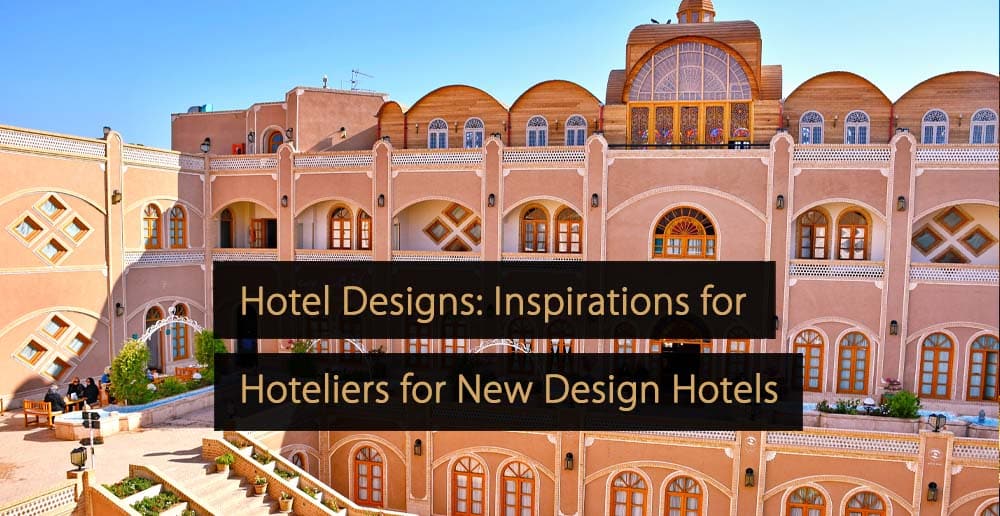
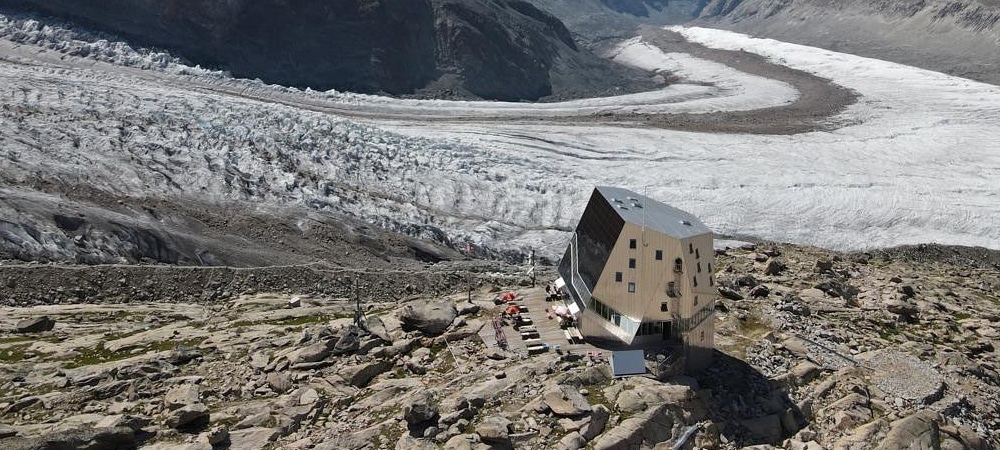
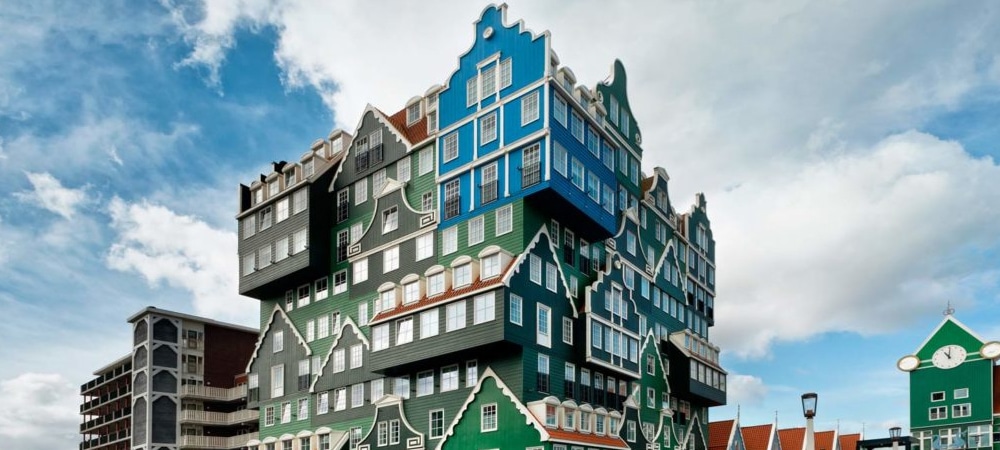
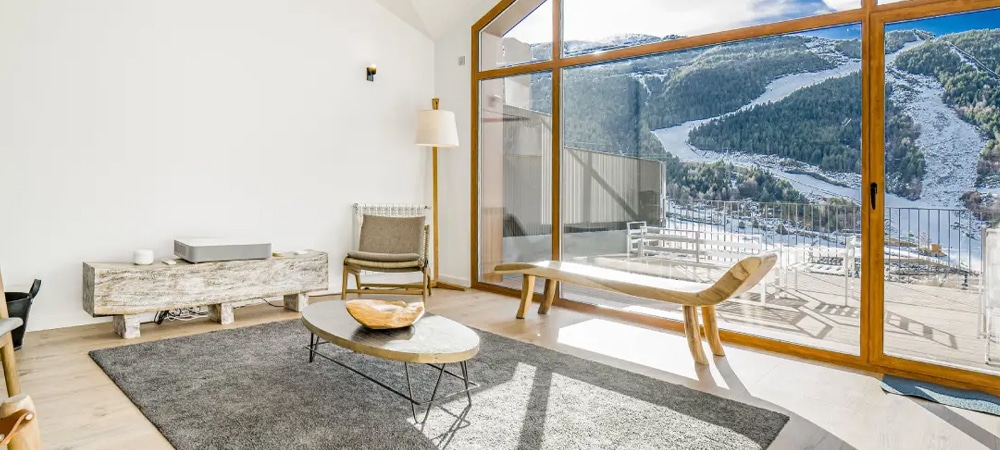
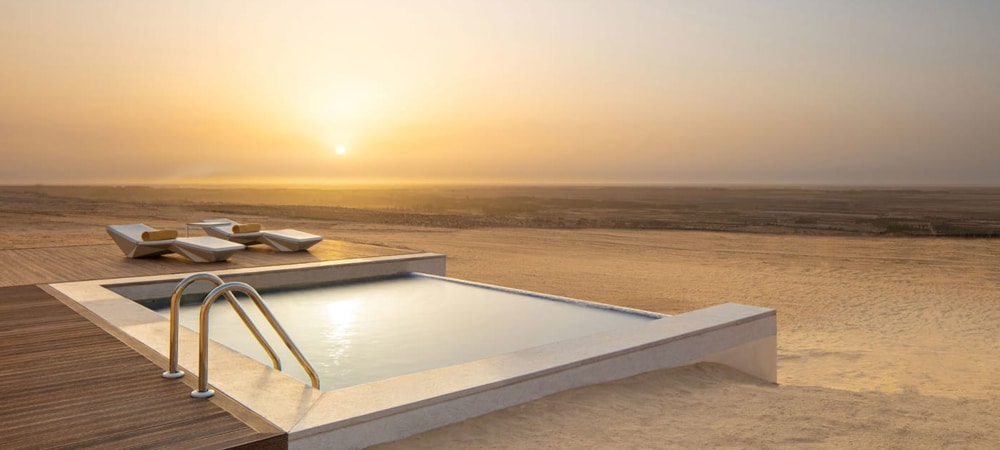
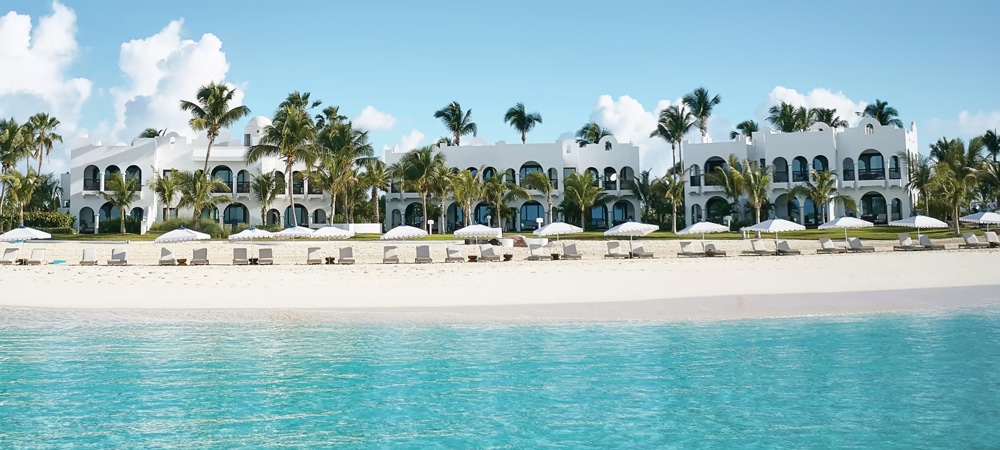
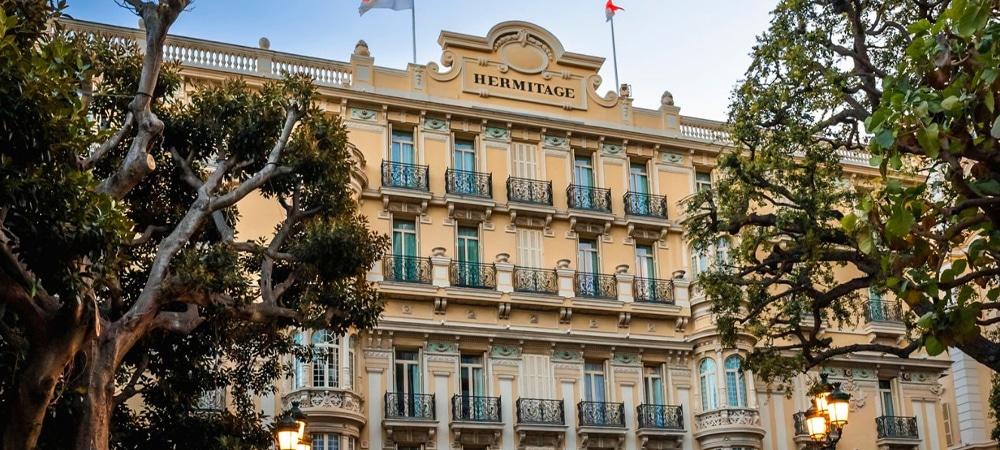
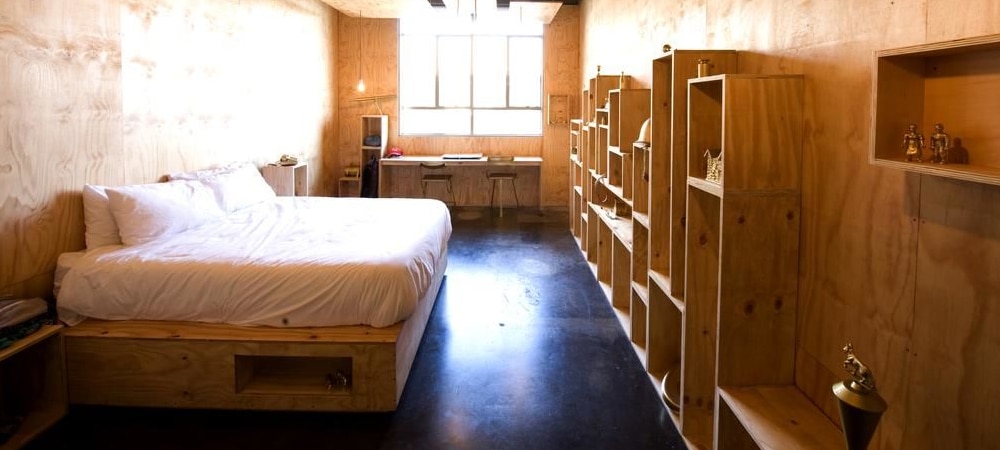
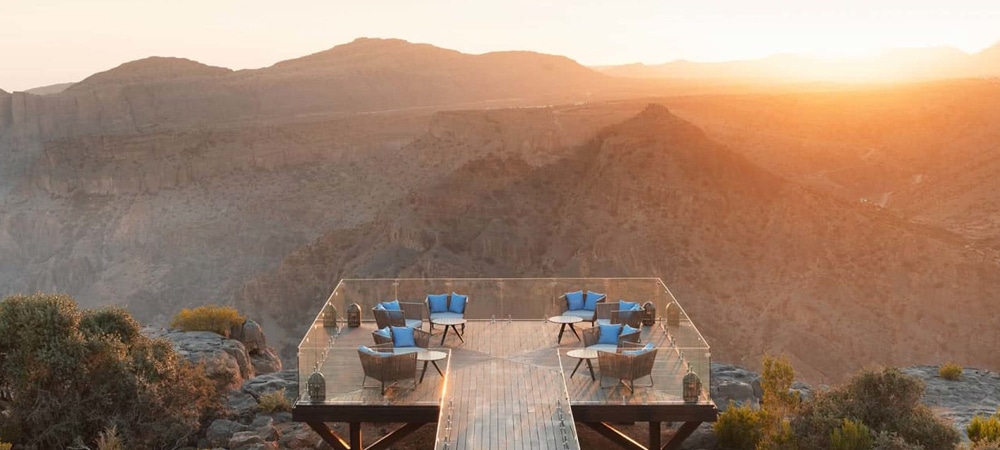
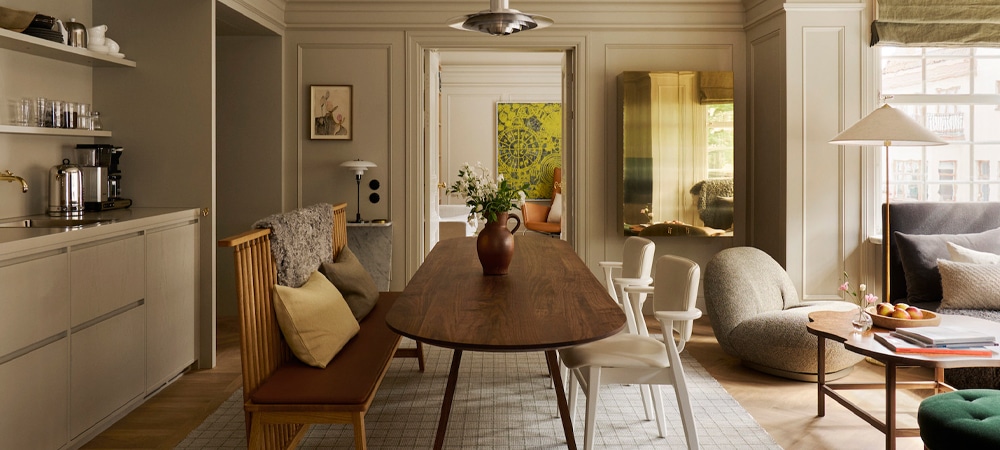
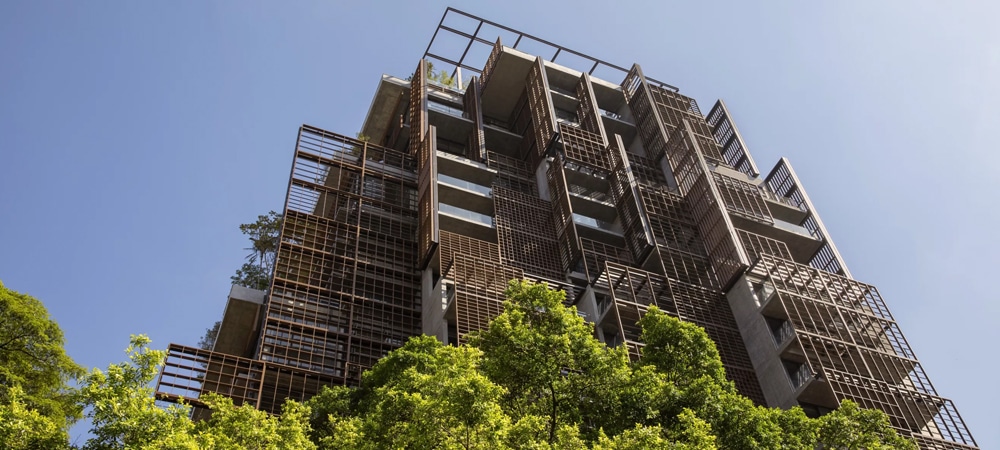
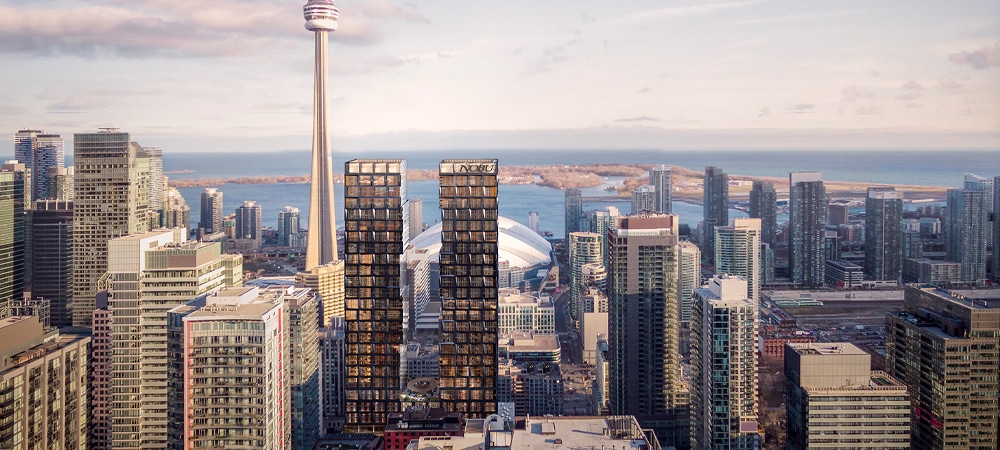

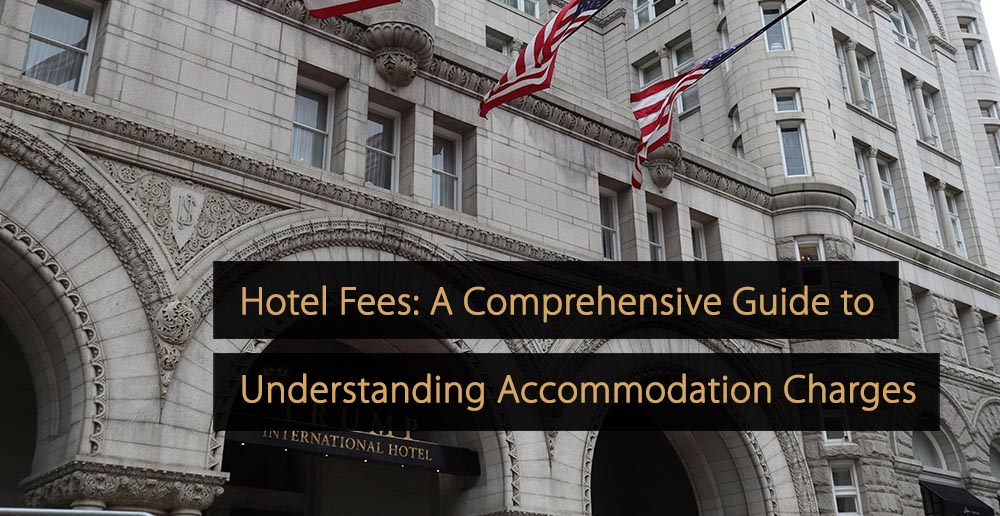
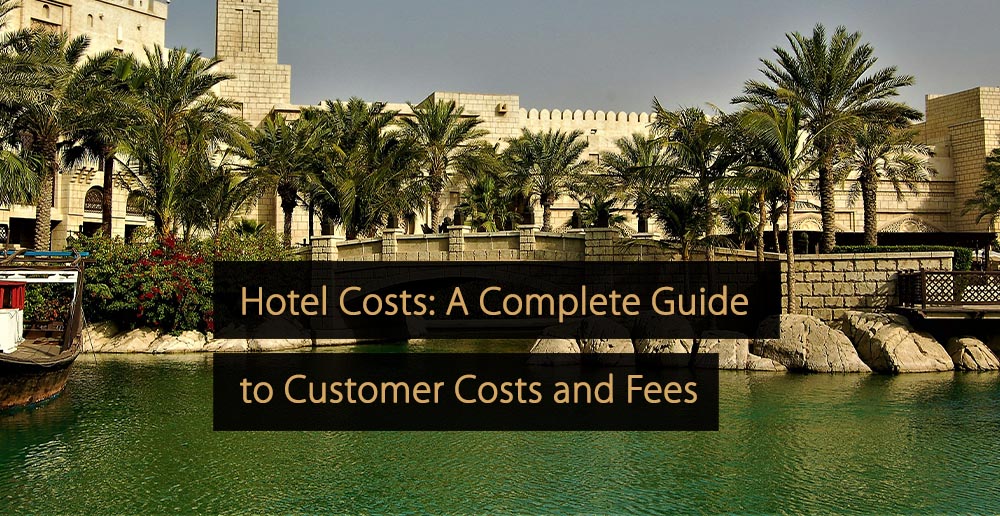
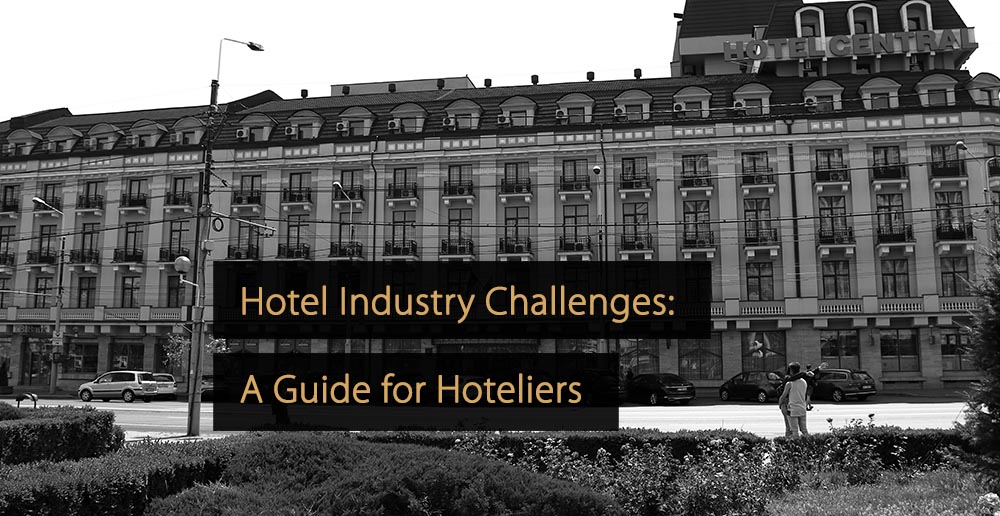
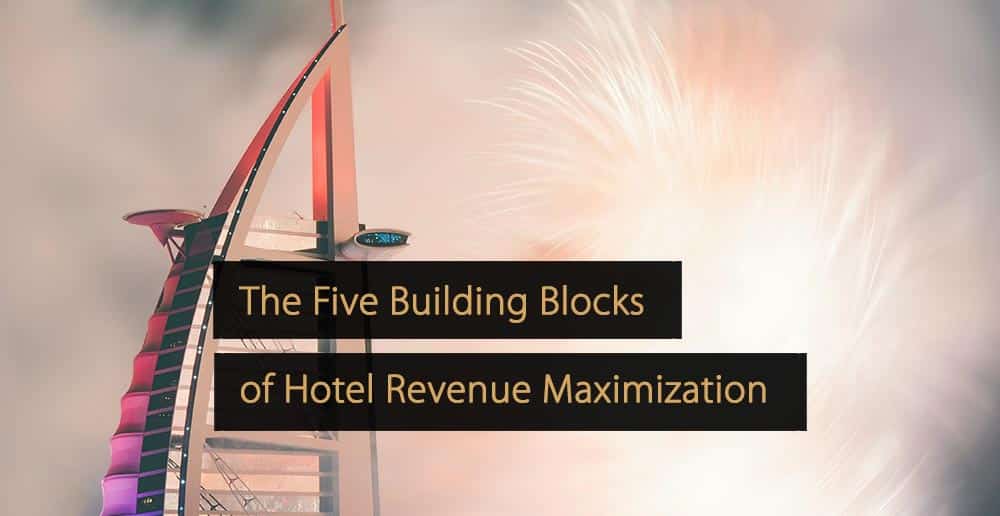
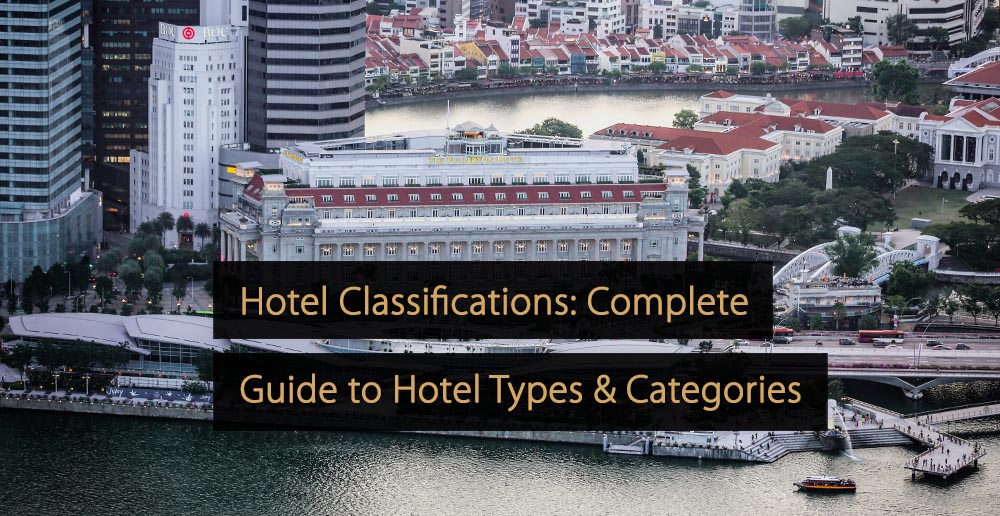

Leave A Comment